Optimal Seasons for Tree Trimming
Tree trimmings are an essential part of maintaining healthy and aesthetically pleasing trees. Proper timing ensures optimal growth, disease prevention, and safety. Understanding the ideal seasons for trimming can help protect trees from damage and promote vigorous development.
Ideal for shaping and removing dead or damaged branches before the active growing season begins.
Suitable for light pruning to control growth and encourage flowering or fruit production.
Prepares trees for winter by removing weak or diseased limbs, reducing risk of storm damage.
Best for dormant trees, allowing easier access and minimizing stress during the cold months.
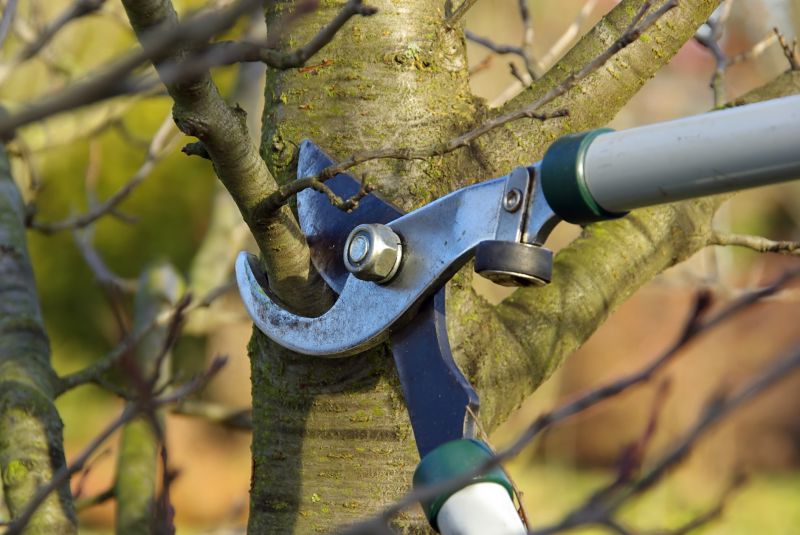
Ways to make Tree Trimmings work in tight or awkward layouts.
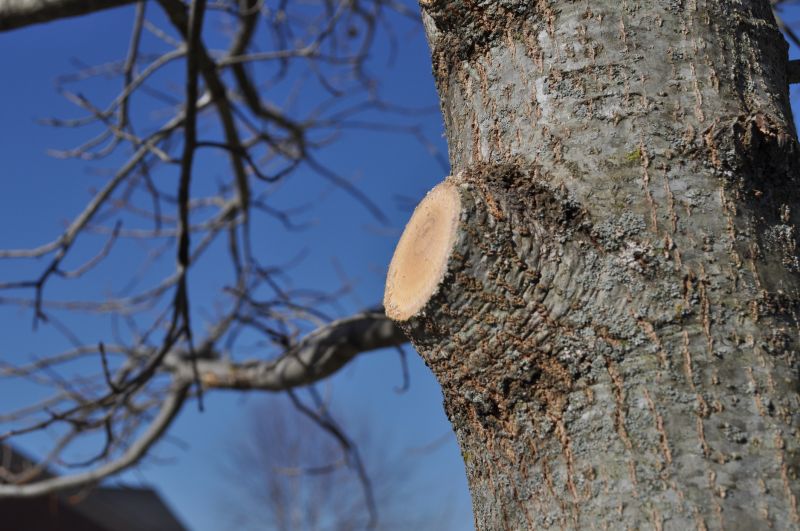
Popular materials for Tree Trimmings and why they hold up over time.
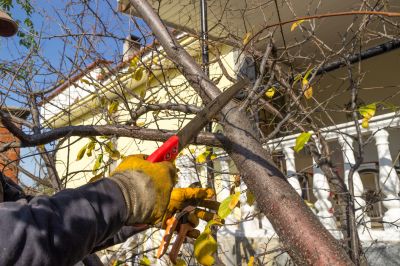
Simple add-ons that improve Tree Trimmings without blowing the budget.
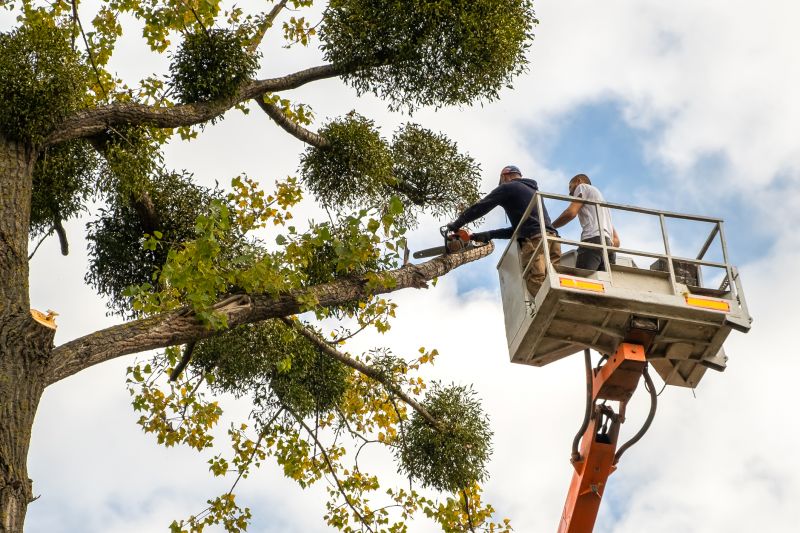
High-end options that actually feel worth it for Tree Trimmings.

Finishes and colors that play nicely with Tree Trimmings.

Little measurements that prevent headaches on Tree Trimmings day.
| Season | Best Practices |
|---|---|
| Spring | Prune before bud break to promote healthy growth. |
| Summer | Light trimming to shape trees and remove excess growth. |
| Fall | Remove dead or diseased branches to prepare for winter. |
| Winter | Perform dormant trimming for safety and health. |
| Avoid | Late fall and early spring to prevent pest and disease exposure. |
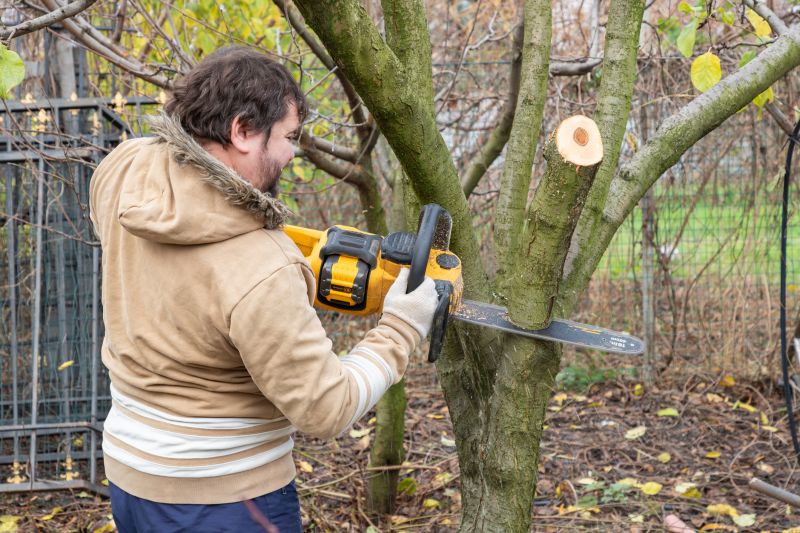
A 60-second routine that keeps Tree Trimmings looking new.

A frequent mistake in Tree Trimmings and how to dodge it.
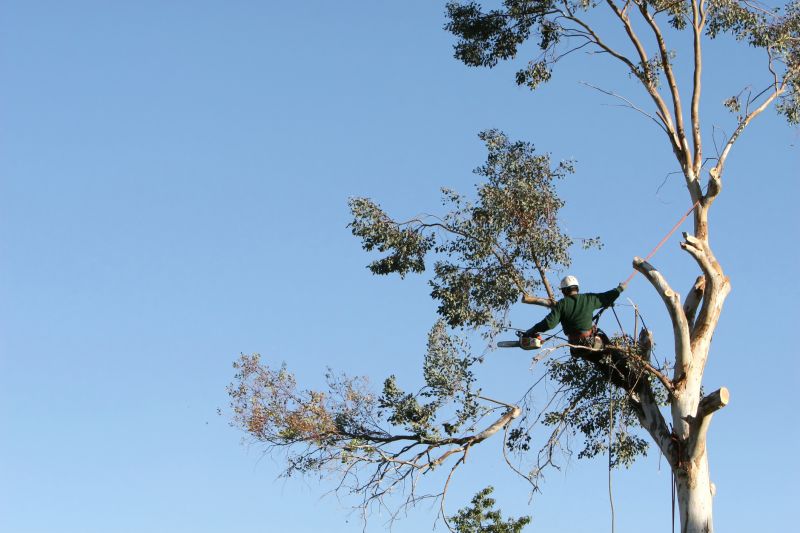
Small tweaks to make Tree Trimmings safer and easier to use.
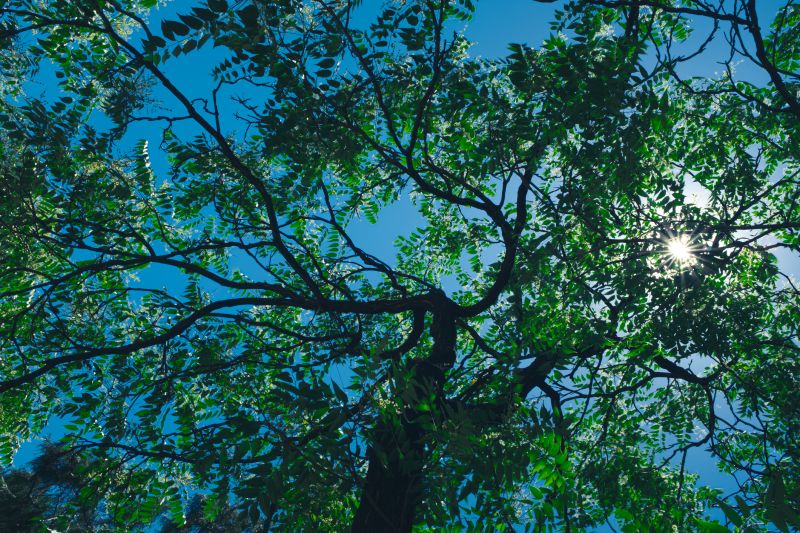
Lower-waste or water-saving choices for Tree Trimmings.
For those interested in scheduling tree trimmings, it is recommended to contact professionals during the appropriate seasons to ensure optimal results. Proper timing not only supports tree health but also enhances safety and aesthetic appeal. Consulting with local arborists can provide tailored advice based on specific tree species and local climate conditions.
